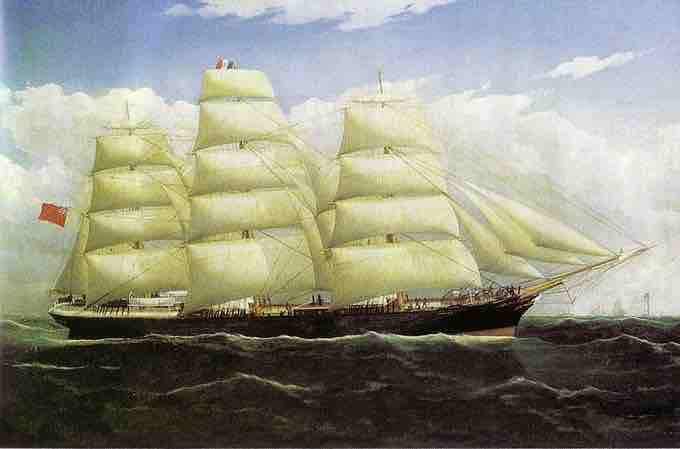Temperature is an important factor for microbial growth. Each species has its own optimal growth temperature at which it flourishes. Human microbial pathogens usually thrive at body temperature, 37ºC. Low temperatures usually inhibit or stop microbial growth and proliferation but often do not kill bacteria. Refrigeration (4ºC) and freezing (-20ºC or less) are commonly used in the food, pharmaceuticals and biotechnology industry.
Refrigeration preserves food by slowing down the growth and reproduction of microorganisms and the action of enzymes which cause food to rot. The introduction of commercial and domestic refrigerators drastically improved the diets of many in the 1930s by allowing foods such as fresh fruit, salads and dairy products to be stored safely for longer periods, particularly during warm weather. It also facilitated transportation of fresh food on long distances .

The Dunedin
This ship executed the first completely successful refrigerated shipment of food.
Refrigeration is also used to facilitate the preservation of liquid medicines or other substances used for research where microbial growth is undesirable, often combined with added preservatives. Fridge temperatures inhibit the proliferation of bacteria better than molds and fungi.
For longer periods of preservation, freezing temperatures are preferred to refrigeration. Since early times, farmers, fishermen, and trappers have preserved their game and produce in unheated buildings during the winter season. Freezing food slows down decomposition by turning residual moisture into ice, inhibiting the growth of most bacterial species.
Freezing temperatures curb the spoiling effect of microorganisms in food, but can also preserve some pathogens unharmed for long periods of time. While it kills some microorganisms by physical trauma, others are sublethally injured by freezing, and may recover to become infectious.
Frozen products do not require any added preservatives because microorganisms do not grow when the temperature of the food is below -9.5°C, which is sufficient in itself to prevent food spoilage. Long-term preservation of food may call for food storage at even lower temperatures.